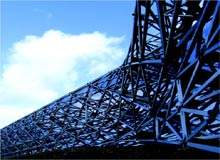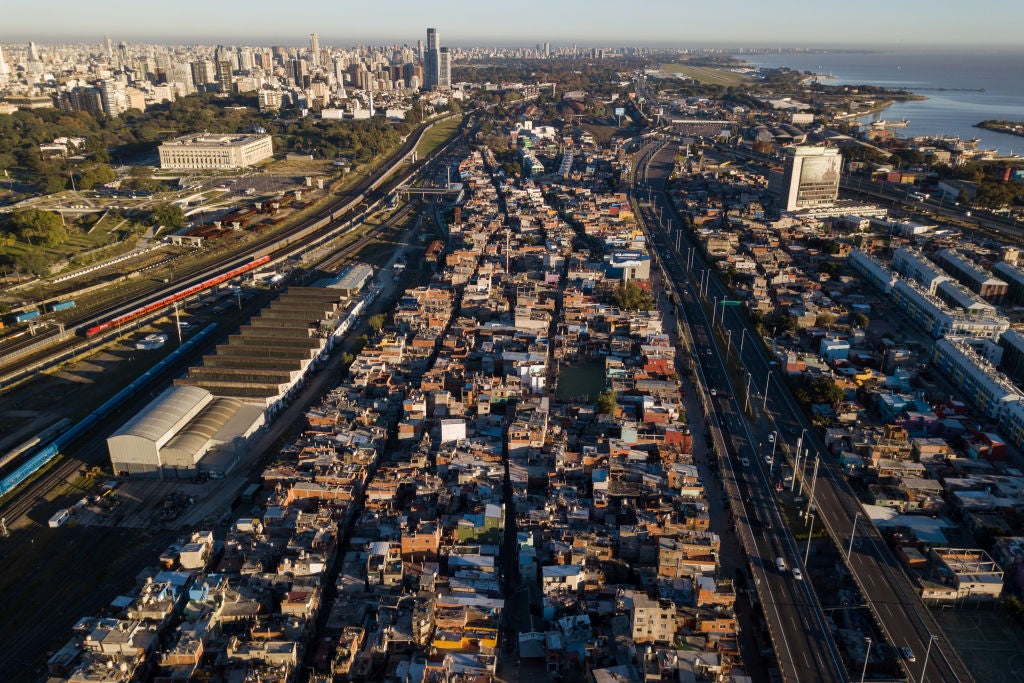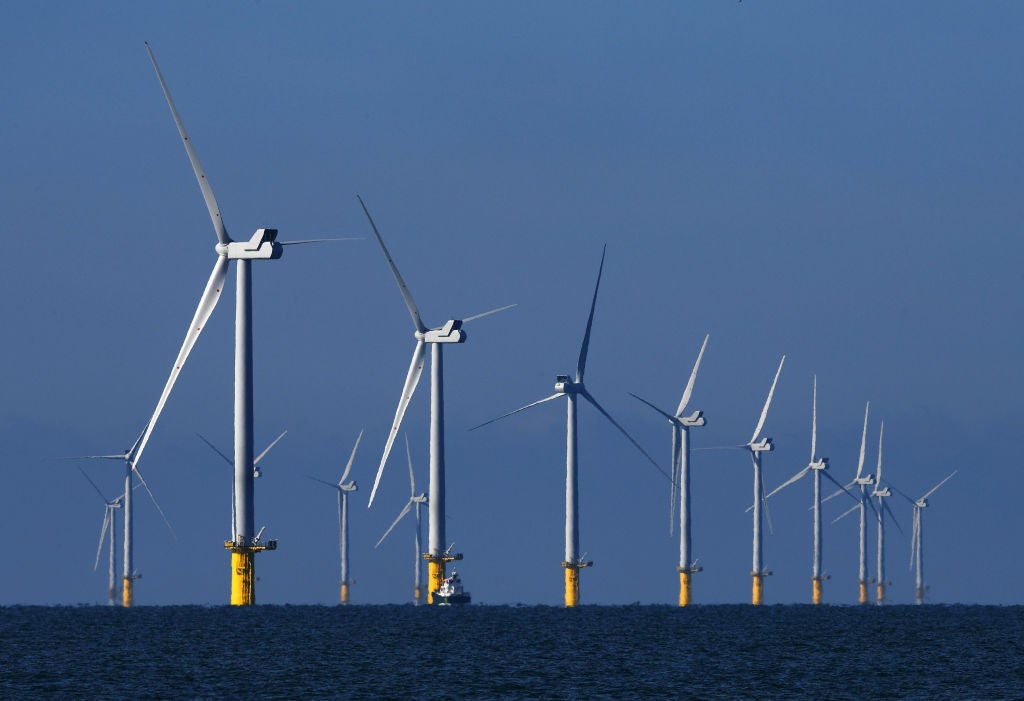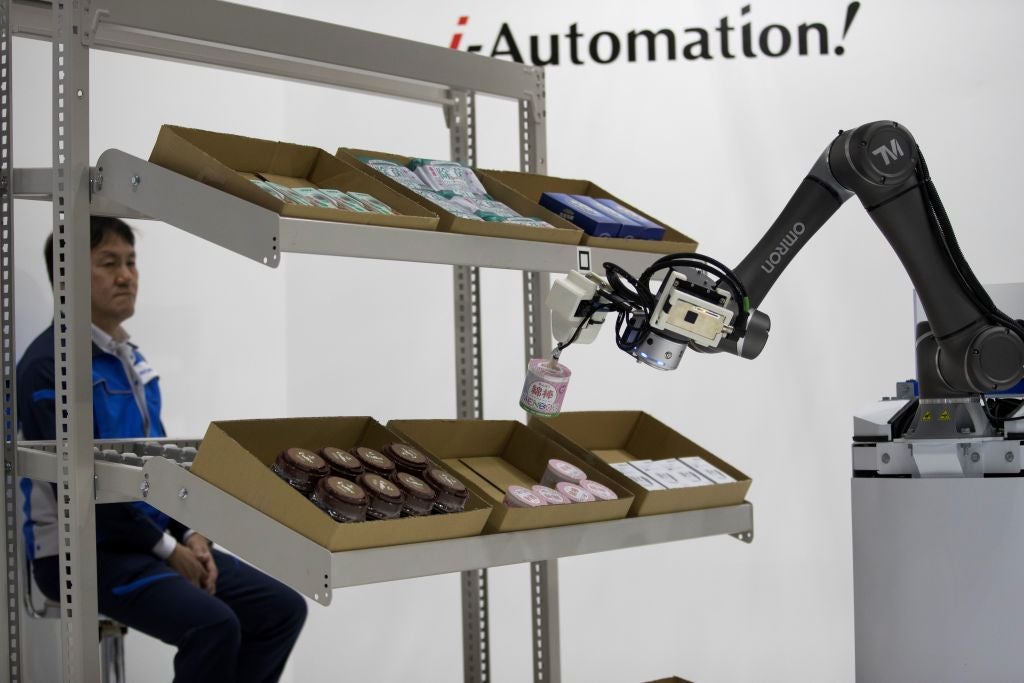
PF: How different is your practice to that of a normal architectural firm?
KO: We still move around, talk, use pencils to illustrate our ideas and make models using our hands. However, the evolution of the building and its design is executed entirely digitally. We build parametrically with 3D models, modelling relationships rather than separate objects and creating an integrated interplay of separate parts.
PF: Describe the file-to-factory process.
KO: The parametric 3D model connects directly to the machines cutting, welding and bending our raw material. Our in-house routines and scripts transport the data from the geometry of the design proposal into a database, which is scrutinised by another script at the manufacturer’s end. This allows us to control both the geometry and the budget.
PF: What are the advantages of mass customisation?
See Also:
KO: Not a single component is repeated. The non-standard architecture approach allows for complete control and freedom of expression. We incorporate architecture, construction, decoration and installation into one integrated thing. The more complex you can make your descriptions, the closer you are to a more feasible, cost-effective and beautiful solution.
How well do you really know your competitors?
Access the most comprehensive Company Profiles on the market, powered by GlobalData. Save hours of research. Gain competitive edge.

Thank you!
Your download email will arrive shortly
Not ready to buy yet? Download a free sample
We are confident about the unique quality of our Company Profiles. However, we want you to make the most beneficial decision for your business, so we offer a free sample that you can download by submitting the below form
By GlobalDataPF: Does this affect the way people relate to the structure?
KO: People are attracted by complexity and atmosphere – that is why we all like trees, which are also very parametric. A leaf is one design, one formula. But each leaf executed is different. That is exactly how we work, creating complexity out of simple rules.
PF: Can you give a practical example?
KO: With the Web in northern Holland, not one element of the build is the same. It is a sculpture rather than what might be recognised as a building. The door, for example, is part of the overall concept. It functions as a door but is unlike any you might find in a catalogue. The building is also demountable – it can be taken apart and built somewhere else.
The Web is actually made of very basic materials. Construction started with a piece of steel, straight from the oven so to speak. For us, there is no distinction between thinking architecturally and structurally. If you look inside the cockpit, for example, it’s hard to differentiate between construction and decoration.
PF: The acoustic barrier and cockpit have been very well received. How did the process work?
KO: We were approached by a new housing project that needed protection from the busiest highway in the Netherlands, the A2. They selected a few architects and asked us to provide a conceptual model for the task.
What we wanted to do was to work with the speed of the car and how the construction is perceived from the highway. We stretched our building, along with the vehicle’s speed, so that you experience it in a fluid rather than a perpendicular way. It grows with you as you move. The experience lasts 40 seconds.
PF: How difficult is it to offer cost-effective alternatives to potential clients?
KO: We would never start with the sole intention of reducing building costs, although they can be controlled in all details. Give us a budget and we will meet it.
PF: Is there a fear that working so firmly in the now will mean that your work becomes dated?
KO: Focusing on the now does not mean discounting the past or lessons learnt. I love castles and palaces, but why attempt what has already been done? We want to make palaces which resonate with the here and now. Timelessness is a strange notion. Roman temples aren’t timeless; they’re Roman.
PF: Are you constantly trying to stay on top of the latest technological advances?
KO: If you came to us with an invention that works, I think we would be the first to pick up on it and analyse its potential. But this is about more than just technology.
I like to look at what art is doing – Frank Stella and Jeff Koons, for example – and how it relates back to architecture. Technology is the other side. It permeates everything: art, architecture, the body. Why resist that? Working with it is much more interesting.
PF: Tell me about your work on programmable buildings.
KO: Once you know that systems are parametric and grounded in simple rules, you can play with these rules in real time. We can make a building aware of its surroundings and climate, sending information to its components, instructing it to perform in real time.
We have built prototypes, the muscle projects, which recognise movement by sensor, with the whole complex system reacting accordingly. This was done in eight weeks using very basic materials at normal costs. Commission us today and we can get straight to work. The brain has been built.
PF: So you are creating a new organism?
KO: Almost. I have a bit of a problem with that term because it could be interpreted as an attempt to copy nature, and we don’t do that. We try to create something new, getting as close to the genes of our buildings as possible, to become programmers of behaviour rather than makers of dead objects.
PF: Does it require a very technosavvy workforce?
KO: They are not drawn from the usual suspects. You need a software artist perhaps, maybe a visual artist. We have a sensor specialist. On bigger projects, perhaps they are a little more expensive, but I would say they are normal consultancy costs. But you have to know where to find the right people.
PF: What is the future of non-standard architecture?
KO: It will find its way into the mainstream within the next 20 years. And I mean really mainstream – not replacing everything, but adding a new layer as the frontrunner of many building processes. You can see that happening now. By integrating decoration, architecture can be brought back to a larger public. It will be an end to purist, platonic architects building the most common forms.






